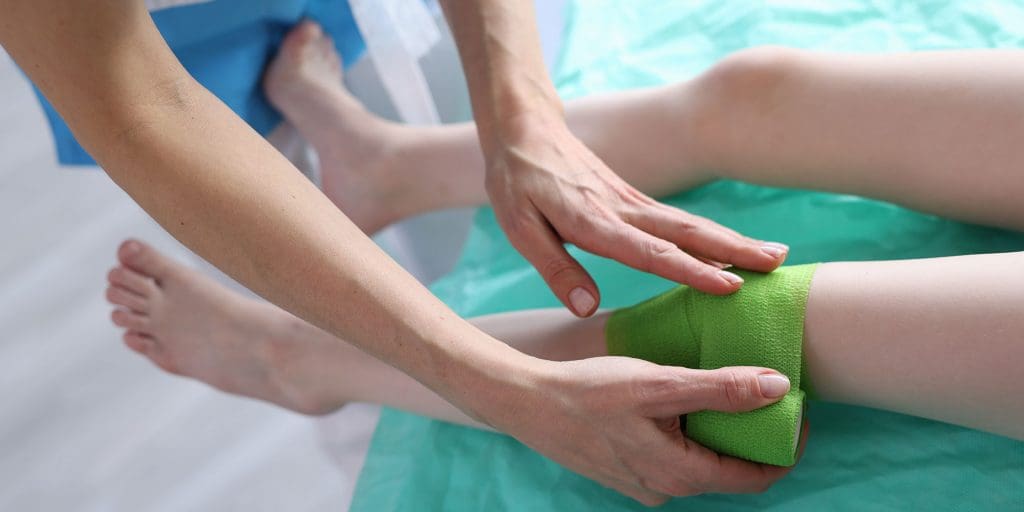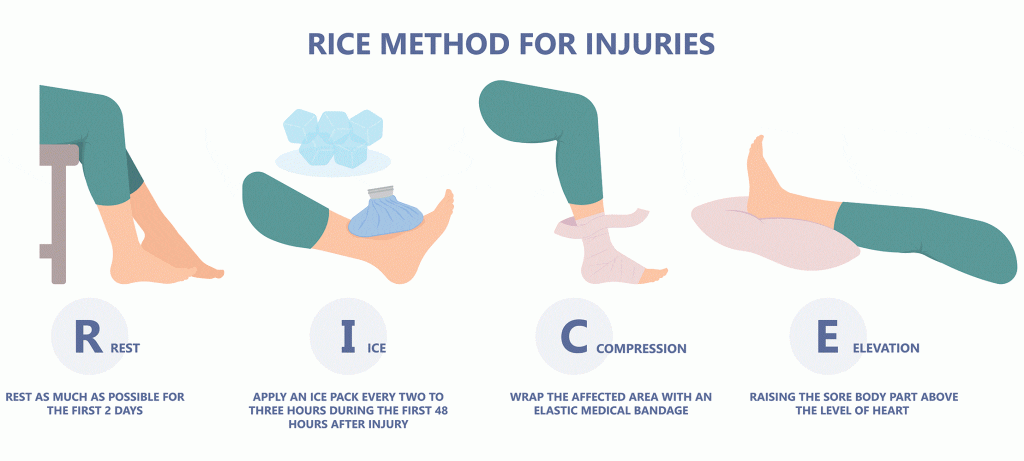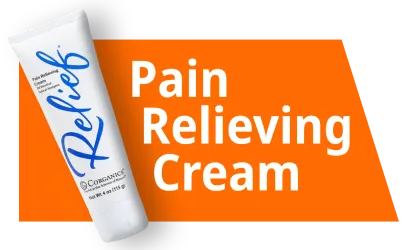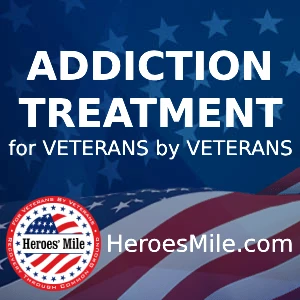Chances are that you’ve had sprains and strains in some part of your body during your lifetime. If you haven’t, consider yourself lucky. These “simple” injuries are very painful!
While most people use the words “strained” and “sprained” interchangeably, they technically aren’t the same injury. However, the treatment methods for both injuries are nearly identical. Although most online advice revolves around the mantra RICE (Rest, Ice, Compression, Elevation), this view is becoming old-fashioned. More recently, modern science has adopted newer ideas to replace RICE.
The Common Mistake
Doctors in the past treated strains and sprains by immobilizing the joint via a cast, sling, or walking cast. More than likely, this was done to prevent further damage and reduce pain.
Unfortunately, we now know that this type of treatment reduces circulation. This can actually make things worse by allowing the muscles and connective tissues to weaken from lack of use, slowing the healing process.
The body needs good circulation for speedy healing. Blood brings fresh oxygen and nutrients to an injured area and removes old, damaged tissue. Without good circulation, this process is dramatically slower.
Who Knew?
Research has backed the use of RICE for carpal tunnel syndrome. Many scientific research studies have been conducted to prove and disprove this treatment method for carpal tunnel syndrome.
However, this isn’t necessarily true for sprains and strains. It appears that the much-heralded RICE mantra was based on educated guesses that have been repeated endlessly over the years.
New studies have revealed other ways strains and sprains might be treated and what might work better or best.
What They Found
Even if you paid your sprained ankle zero attention, it would still heal over time. However, in some cases, those injuries take far more time to heal than you would imagine. In fact, one study found that only between 36% and 85% of sprained ankles were totally healed after 3 years!
Another study looked at 82 subjects who had sprained ankles and put half into plaster casts for 10 days. The other group simply wore an elastic wrap for 2 days and a brace that allowed them to move their ankles.
Ten days later, more than half of the bandaged group had returned to work. Compare that with the 13% of those who wore casts. This study shows that immobilizing the injured part actually extended the amount of time that it took for healing to take place!
Time to Reconsider RICE for Treating Sprains and Strains
Since that original study performed in 1994, hundreds of other studies have come to the same conclusion; early exercise for sprains and strains stimulate the healing process.
It’s time to replace the old-fashioned RICE protocol with POLICE:
- Protection
- Optimal Loading
- Ice
- Compression
- Elevation
Note that the “ice” element of the equation above is still in question. Some studies have shown that subjects who used ice healed faster than those who didn’t, while other studies have shown the reverse to be true.
While there is no denying that ice is a good pain reliever, whether it improves healing is still up for debate. Although it does make sense that if a person is in less pain, they are more likely to exercise their injury sooner or for a longer period of time.
Don’t believe those old myths about how to handle strains and sprains. Some of them can do more harm than good!
The Best Treatment for Sprains and Strains


There will still be a debate on this subject, but studies have shown that, for the most part, using heat tends to cause more harm than healing.
Other modalities, such as electrical stimulation (sometimes called a TENS device), seem to help some people but not others.
For now, the best course of action is to follow the POLICE method or even the age-old RICE advice. But isn’t there something else that can be done?
Treating Sprains and Strains: An Unusual Treatment Method
Even though the following treatment method has its benefits, it isn’t commonly recommended. Whether you’re talking about a strain in the lower back (lumbar strain) or a sprained back, chiropractic care can help nearly all back problems to heal more quickly and with less pain.
All types of strains and sprains can be treated by a chiropractor, but most people only think of back pain when the word chiropractic is used.
How does this work? Your chiropractor won’t put you in a cast or immobilize you in any way other than, perhaps, an elastic bandage wrap. After a complete diagnosis and evaluation, your chiropractor will most likely have you start moving the affected part right away. This goes along with the earlier study which found much faster healing with movement than in an immobilized group.
Your chiropractor might also decide to use other modalities as part of your treatment plan such as:
- the TENS device
- ultrasound
- massage therapy
While the thought of a massage on the affected area may sound painful, rest assured that this won’t happen until the injury is better and can be touched without excruciating pain. In addition to feeling good, there is no doubt that massage therapy improves circulation, which will lead to faster healing.
The Bottom Line on Treating Sprains and Strains
To sum things up, if you suffer from a strain or sprain, you can continue to use the RICE or POLICE method. Regardless of which you choose to try, you should also consider adding chiropractic care to your treatment plan, including massage therapy. As soon as possible, begin moving the affected part to speed healing and improve blood circulation.
Remember that it is vital to restore the stability and strength to the injured area before you return to your normal daily activities and especially before you return to an exercise or sports program. This is needed to avoid reinjuring the area or injuring a new area due to weakness, pain, or lack of stability.
What is your experience with Treating Sprains and Strains?
Let us know in the comments section!
What topics other would you like to see us explore?
Email us at info@painresource.com with your ideas!
Are you on Facebook?





